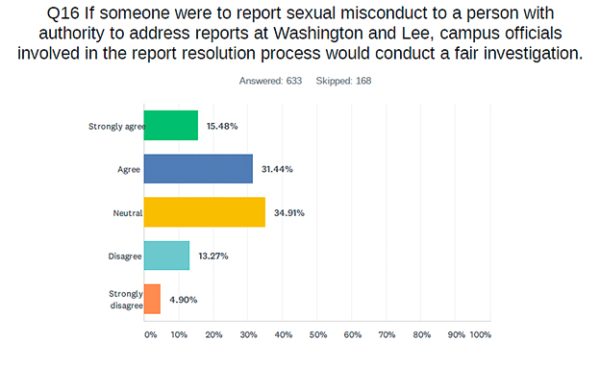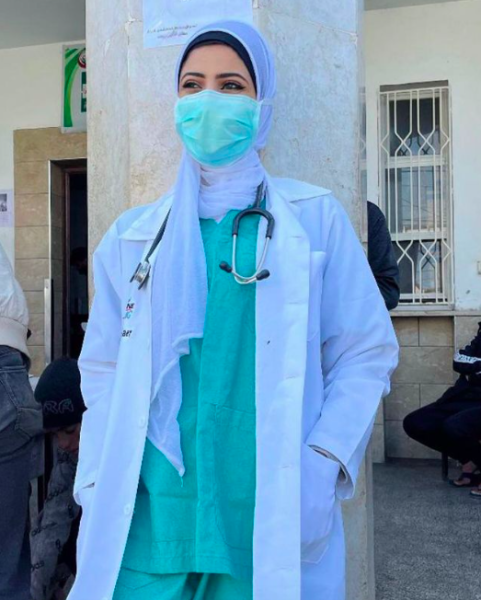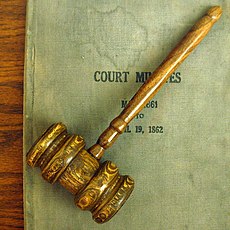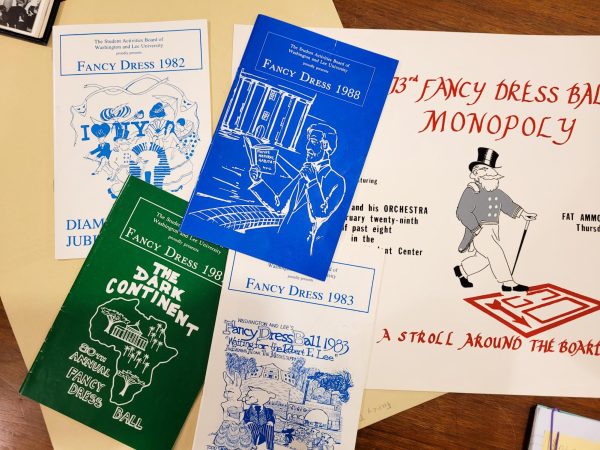Students present land acknowledgement to the Executive Committee
The Executive Committee approved a land acknowledgement, written by the university’s Native American and Indigenous Cohort, and agreed to write it’s own.
April 13, 2021
The Executive Committee has approved a land acknowledgement for the Washington and Lee campus.
The land acknowledgment proposal was presented to the Executive Committee at its March 22 meeting by the student members of the Native American and Indigenous Cohort (NAIC) Ella Powers ’22 and Jeronimo Reyes ’21.
A land acknowledgement is a formal statement written by an institution, or any group that has functions on land that was colonized. As the name implies, it acknowledges the land it stands on and acknowledges the people who once worked the land.
Washington and Lee University, for example, stands on land once owned by the Yesa people, now known as the Monacan Indian Nation.
“That’s sometimes hard for people to understand, like why would we acknowledge land? Because it’s not something we do all that often, at least nowadays. But it’s something that’s very common in Native American cultures,” Powers said. “It wouldn’t make sense to make a statue, although that’s how we commemorate people in American culture a lot of the time. That wouldn’t make sense. What makes sense for commemorating Native American communities and people is honoring in the way that they would honor.”
Powers, who identifies as Cherokee, was joined by Reyes at the meeting. They read an acknowledgement written by NAIC member Monacan Vicky Ferguson, who works to preserve the history of the Monacan land. The two students asked the student governing body to reflect and write their own acknowledgement.
“There’s an importance in the dialogue created by adopting a land acknowledgement and then reimagining it to better represent your own voice,” Reyes said. “Because when it’s your voice speaking instead of an actual Monacan person’s voice speaking, then you yourself as the institution are thanking the Monacan people instead of having a Monacan person thank the Monacan people for you.”
The Executive Committee agreed to write their own acknowledgement. Members of the NAIC say that they hope that in the future the acknowledgement gets read before all Executive Committee meetings as well as all ceremonies hosted by it.
And they have more.
“I would love for them to come out with a statement saying ‘This is a land acknowledgement we are supporting. We created this. And we want other organizations to also embrace this,’” Powers said.
The land acknowledgement is already spreading across campus. It was read at a protest on April 2 on the colonnade.
The NAIC was founded to advocate for and support Native American and Indigenous students as well as advocating for more Native American and Indigenous representation in faculty, curriculum, and programming.
The group began with four Washington and Lee staff members who wanted to produce these tangible changes.
The founders are Kelly Fujiwara, the special events coordinator at Lee House; Jessica Wager, the executive assistant to the provost; Deborah Miranda, the Thomas H. Broadus professor of English; and Lynn Rainville, the director of institutional history and museums.
In January 2019, they were all present for a presentation by Muscogee Poet Laureate Joy Harjo. Afterward, they began to wonder where the Indigenous representation on the Washington and Lee campus was.
“After that, we were like… ‘Why aren’t we doing more? Let’s get together and try and create some community and awareness,’” Wager said. “Because, really, all there was are Deborah [Miranda]’s courses and Harvey Markowitz’s course. And they’re both retiring.”
To attempt to address this lack of representation, the group delved into research. They visited other colleges nearby, including Virginia Tech and William and Mary, to observe their support systems for Native American and Indigenous students.
“We would go and stalk different websites to see what different schools were doing, because if somebody’s doing it and it’s working, why not replicate it?” Fujiwara said.
And they did. So was born the Native American Cohort, as it was then named. At the time, it was only a few staff members, but it has since grown into much more.
Now, the NAIC has 16 university staff members, a community member as well as Powers and Reyes as student representatives.
The staff focuses more on the administrative side of the NAIC’s goals and on curriculum and representation issues. The students focus more on the student end of things, like the land acknowledgement.
While a land acknowledgement may seem like a small thing, members of the NAIC say it’s an important start.
“It’s really about a first step in acknowledging who was here first,” said Powers. “This land was cared for and lived on by people who were removed from it who still live today but were forcibly taken away from their cultures. So one of the very least things that we can do is start somewhere and that is with acknowledging that this land is not ours.”












